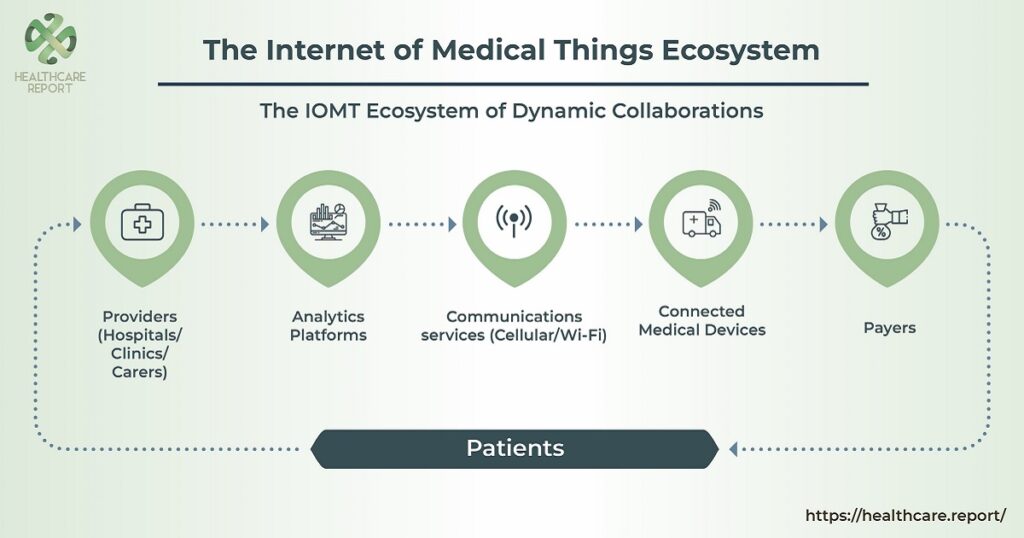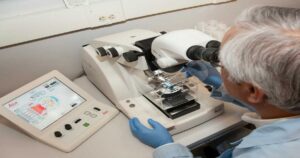Technology in the 21st century is the fuel that drives innovation and ease in almost every industry today. The healthcare sector isn’t far behind. In fact, the medical industry has taken the concept of the Internet of Things and took it to a new level altogether to reimagine the use of medical technology.
Imagine multiple devices like phones, cameras, GPS sensors, and computers interacting with each other through a seamless transfer of data. Now consider wearable medical devices. The exchange of critical medical information through a web of real-time data networks activates near instantaneous responses from doctors, nurses, and medical services. The aim is to anticipate the need for medical attention long before it is needed and remedy the concerns before they reach a critical stage.
That is exactly how the future of the Internet of Medical Things (IoMT) is shaping out to be.
How IoMT is Redefining Everyday Health?
IoMT is a next-generation solution that embeds cutting-edge monitoring and analysis of individual healthcare journeys through medical devices. The smart watch is the most recognizable wearable medical device that is used by millions of people daily to keep tabs on their vitals.
For instance, the Apple Watch series 6 maps blood oxygen levels, sleep patterns, ECG levels, and also reminds the user to wash their hands after returning home.
The market for healthcare IoT products is vast and is constantly expanding. The Tango Belt is a leading example of smart wearable technology that is revolutionizing elderly and disability care. The belt is designed to sense falls and deploy airbags to soften the impact. In addition, it alerts caregivers in the event of a fall. The belt also uses data analytics by collecting mobility data that is then synced to a smartphone app for displaying metrics.

Technologies that Empower IoMT
With the diverse tasks that medical devices must perform, applications exist across a wide spectrum, from artificial intelligence to 5G networks to the cloud.
Consider a pacemaker, for instance. Modern pacemakers are embedded with a multitude of technologies that communicate with each other to send critical patient data to physicians. A pacemaker is a bioelectronic implant that is placed in the chest to control the heartbeat. But a smart pacemaker goes a step further. It is equipped with wireless bluetooth technology that communicates with the patient’s wearable medical device. The smart device or phone will then transfer this data to physicians for check-ups and even alert doctors in the case of anomalies.
To Round It Off
IoMT will subsequently power all medical devices and usher in a future where technology forms the backbone of healthcare service delivery. Although wearable medical technology has been around for decades, the development of a streamlined communication channel between them has redefined their use. Smart medical devices are no longer just an aid but a source of vital individual medical data as well as a way to anticipate care and medical attention.



